Nearly every DJ starts out using a DJ controller. These are compact, user-friendly and affordable devices that give anyone an easy way to start learning the craft. However, as you progress in your DJ career, you’ll likely start to come across the industry-standard setup: Pioneer CDJs. This is what you’ll find in almost all clubs and venues, so you’ll need to know your way around it to get booked at these places. Making the switch to this professional-level setup is an exciting milestone, but you’ve got to be aware of the differences between CDJs and controllers. Here are the 5 key things to look out for:
1. Separate Equipment and Link Cables
One of the most immediate differences you’ll notice is that these CDJ setups are actually made up of three separate pieces of equipment: two CDJs and a mixer. Unlike a DJ controller, which is an all-in-one unit, these components need to be properly linked together to function properly. They communicate with a link cable – an Ethernet connection that transmits crucial data such as waveforms, BPM, and track information between the two CDJs and the mixer. Having the two CDJs linked also means that you can plug your USB into one of the CDJs and have your tracks available to play on the other as well.
They should still work without the link cable, but you’ll lose access to some key features, like synced BPMs and stacked waveforms.
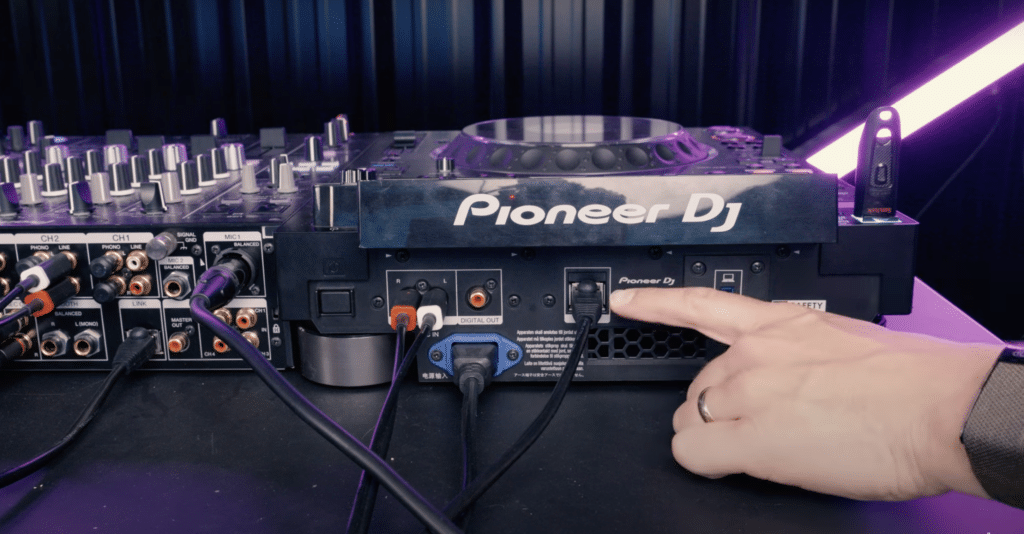
The CDJs and mixer are all connected by an ethernet connection on the back.
This means you’ll need to get comfortable with loading tracks onto two separate USB drives and operating the CDJs more independently than you would with a controller. If you find yourself relying on beat syncing or visually checking the waveforms are matched, this won’t be possible if the CDJs aren’t linked (which is something you can’t always take for granted). That’s why it’s worth getting comfortable doing it with two separate waveforms.
2. Jog Wheel Mechanics
Most DJ controllers have touch-capacitive jog wheels, which respond uniformly regardless of how fast or slow you turn them. CDJs, on the other hand, have mechanical jog wheels that function and feel much more like traditional turntables. This difference can seem subtle at first, but you’ll notice it when you try to nudge tracks in and out of sync.
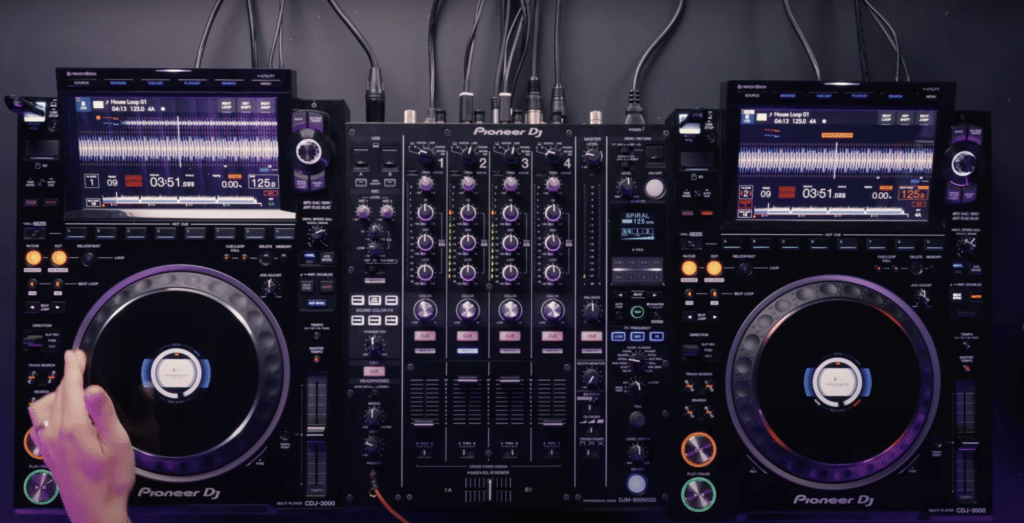
Like on turntables, you’ve got to nudge the outside platter of CDJs to move the track.
If you nudge the jog wheel on a CDJ in the same way you would on a controller, it won’t adjust it the same way. you’ve got to adapt your technique to use short, sharp nudges to move the track. This is like on a turntable, where you’d have to move the wheel faster than the record is physically playing, so get used to this slightly different technique so you’re comfortable with this style.
3. FX Channel Setup
Another major area that may trip up some DJs when they first move to CDJs is the effects section. With a CDJ setup, the effects on the mixer read the BPM of the track playing on the assigned channel. If the link cable is plugged in, you can automatically quantise it, but if it’s not, it will try to determine the BPM. However, this isn’t always accurate and can sound very sloppy if the BPM of your effects aren’t lined up. That’s why you’ll often have to manually override it to get the perfect sound.
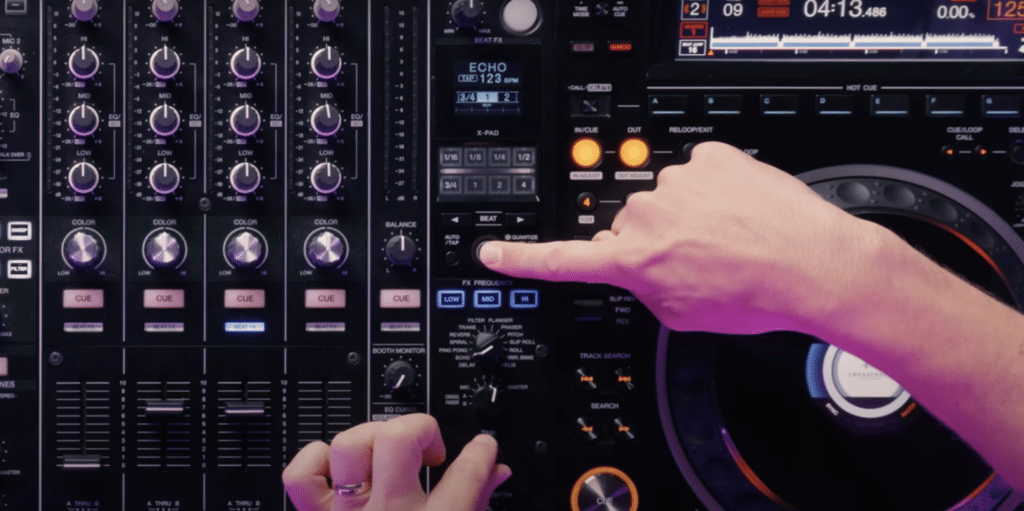
Holding the tap button and adjusting the time knob will adjust the BPM of your effects.
You can manually adjust the BPM by tapping it in on the tap button or by holding the tap button and using the time knob to set it. If your BPM has a decimal place in it, you can also hold down the auto-tap button to set the exact value. Most controller DJs won’t be used to having to set the BPM of their effects so this extra step is something to practice before you make the step up to CDJs.
4. Streaming Integration
The rise of DJ streaming services like SoundCloud, Tidal, Beatport, and Beatsourcemeans has made it easier than ever to start mixing. But if you’re used to relying on these services, you’ll need to adapt before making the switch to CDJs. That’s because the songs from these services can’t be exported and stored on a USB, which is what you’ll need to play on CDJs.
Beatport’s streaming service does offer an integration with CDJs, but you’ve got to be physically connected to the internet via a router. This will be very unusual for most clubs, and you certainly shouldn’t expect it to be the case if you’re asked to play anywhere with a CDJ setup. That’s why professional DJs always rely on having locally stored track files on their USB, so be prepared to start building your library if you’re still just using streams.
5. Performance Features
While CDJs represent the pinnacle of DJ technology, one area they can actually be a bit more stripped back than some controllers is when it comes to the performance features. Controllers, even many entry-level ones, come jam-packed with fun features like hot cues, pad effects and even advanced tools like stem separation.
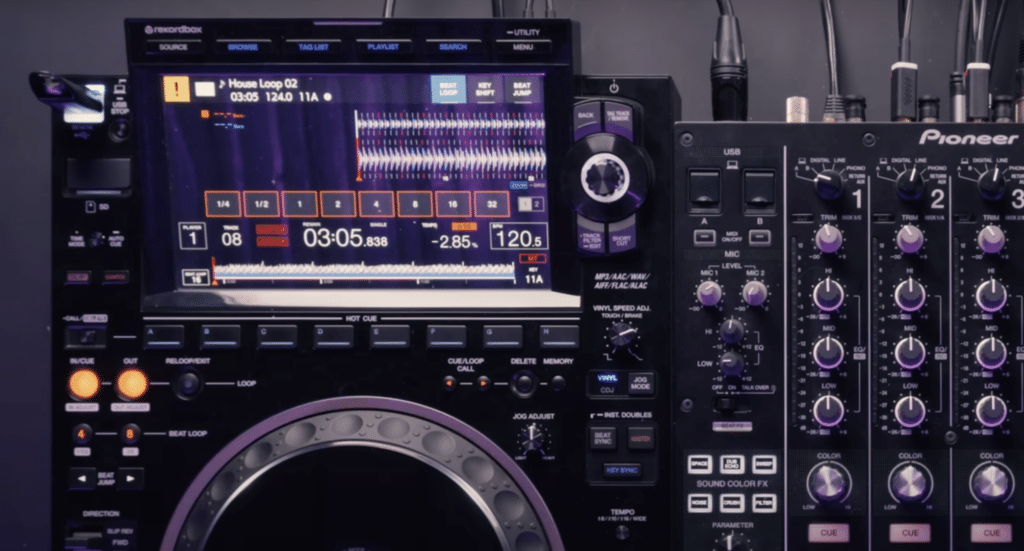
CDJs feature 8 small hot cues underneath the screen.
CDJs, however, give you a more stripped-back set of performance features. You’ve still got 8 hot cues, looping, beat jump and key shift, but some features that you’ve become accustomed to may be missing. If you usually use loads of pad tricks or other advanced features, it’s worth practising a more stripped-back performance that doesn’t rely on this to get used to the limitations of CDJs.
The Ultimate CDJ Masterclass
These tips have all come out of our Pioneer CDJ Masterclass where we explore everything you need to know about CDJs, DJMs and even show you how to tweak the settings on your controller to get the feel of playing on CDJs.
- Learn what every button, slider, knob and encoder does with our full hardware walkthrough.
- Cover the practicalities of exporting music to USB for standalone use.
- Learn how to connect a laptop running DJ software such as Serato DJ and VirtualDJ to use the decks in HID mode.
- We also cover plenty of hacks and give further tips to have you confidently up and running on the gear found in DJ booths the world over!
Take your DJing to the next level with our course and try a lesson FREE here.
And if you’re serious about becoming a pro DJ or taking your skills to the next level, we can get you where you need to be, fast, with our Complete DJ Package!
10 hours 31 lessons Intermediate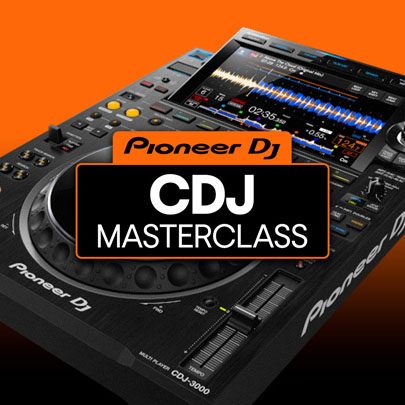
Pioneer CDJ Masterclass
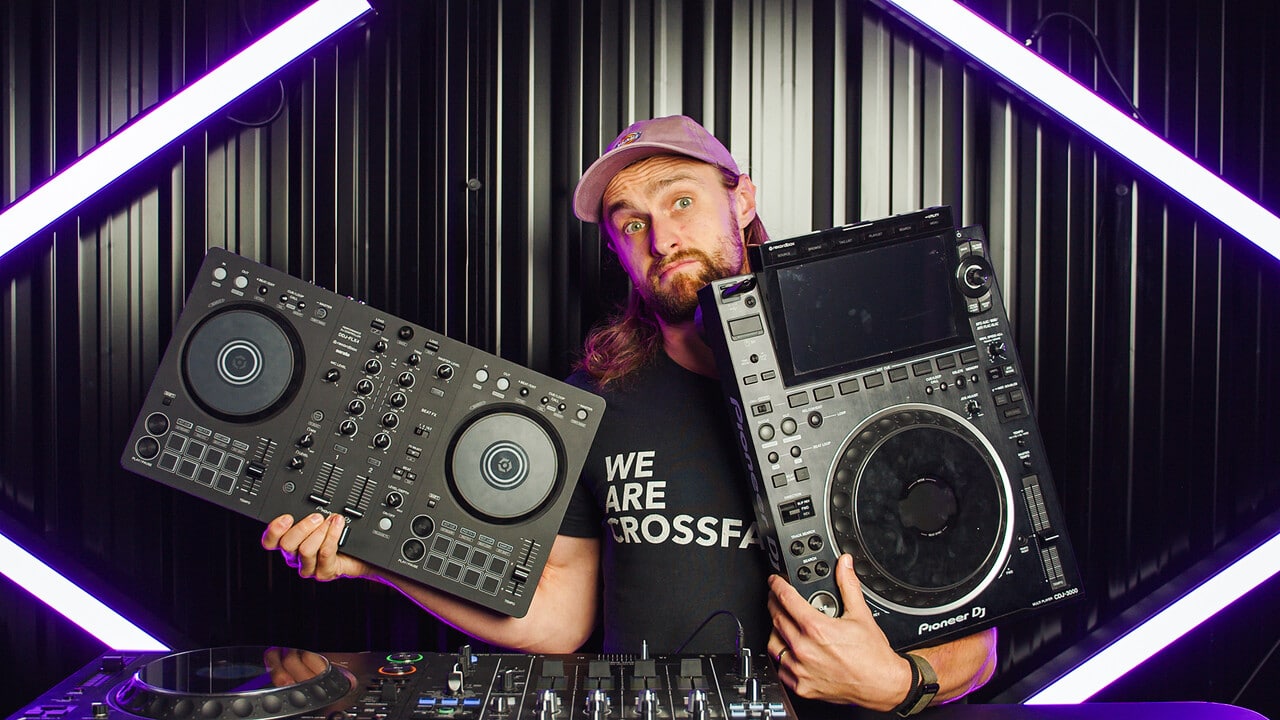
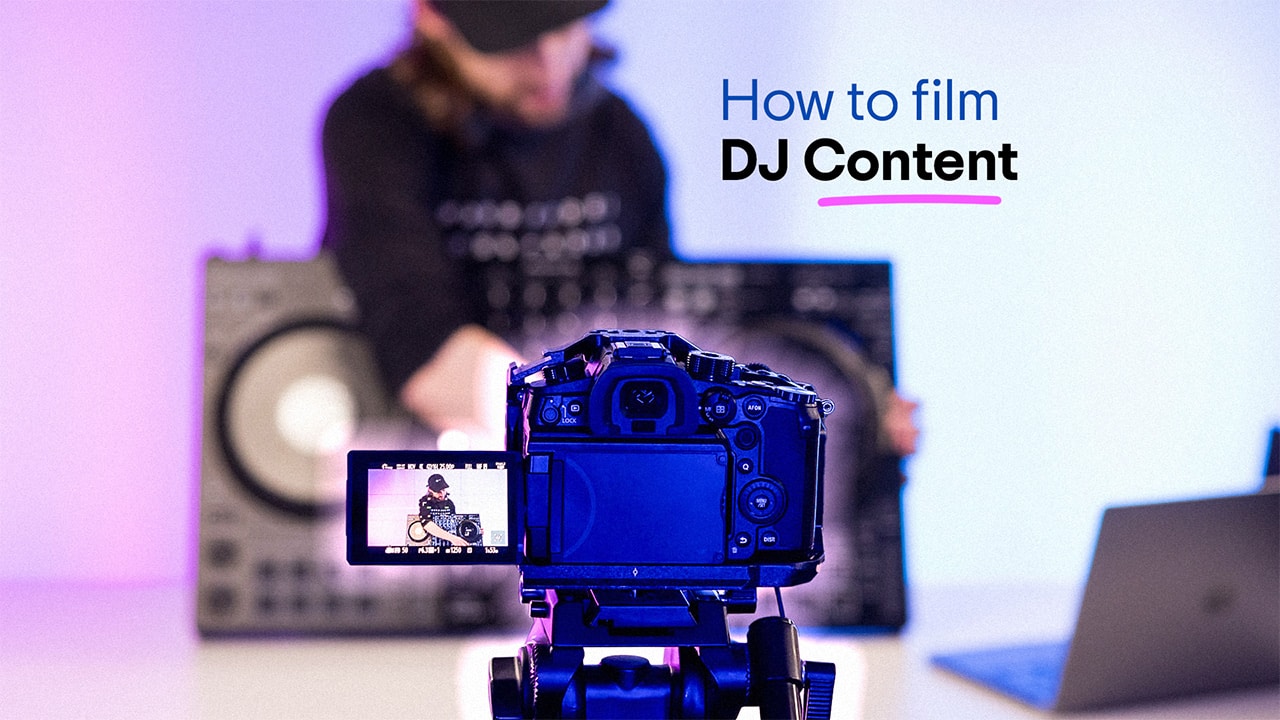
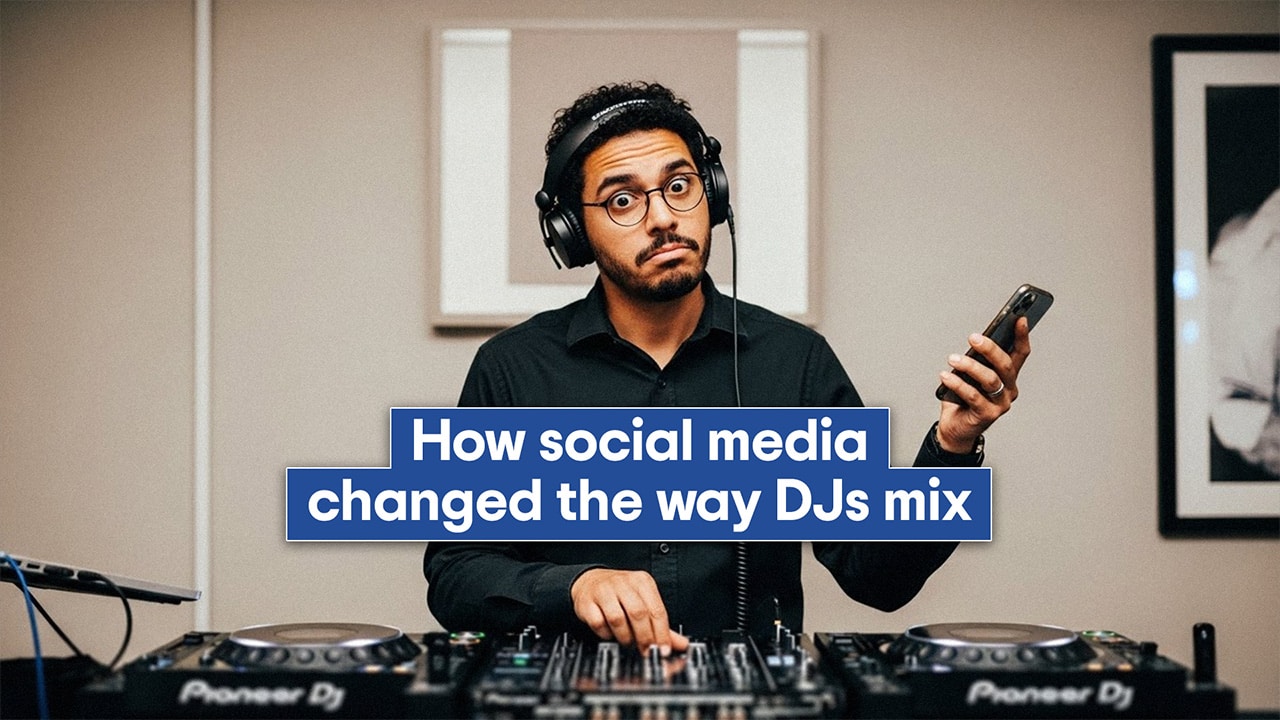
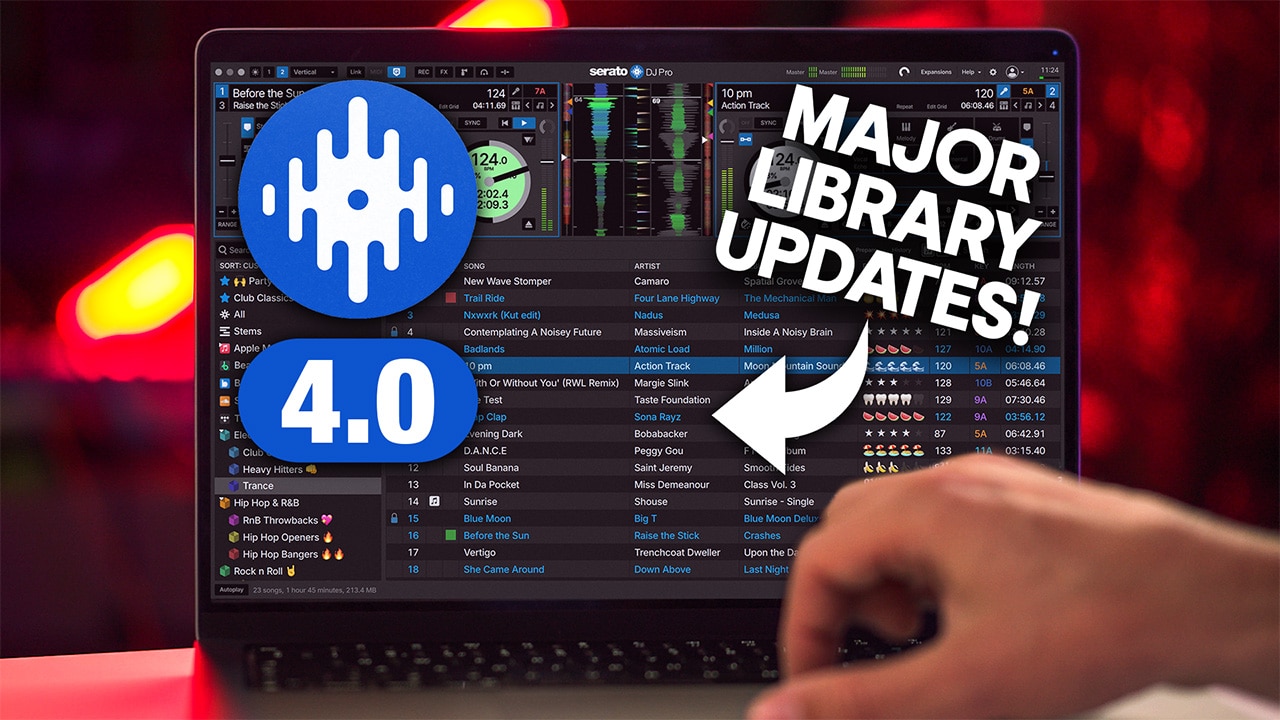
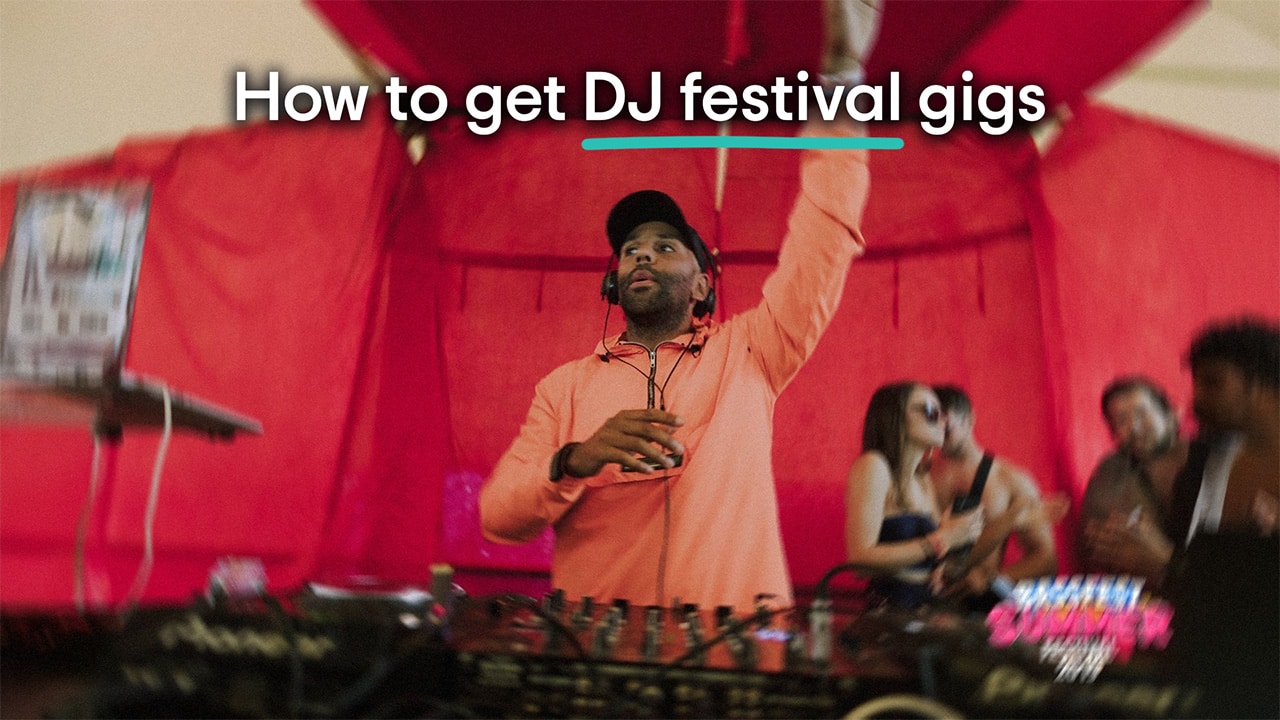
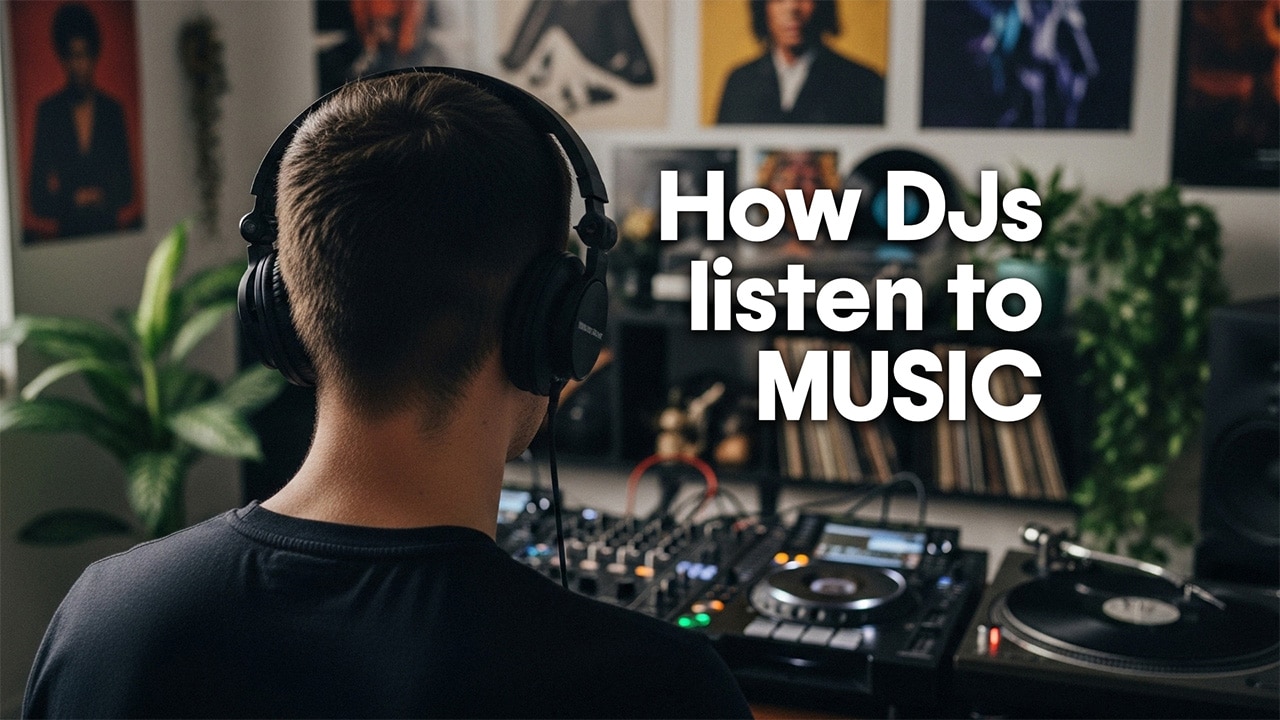
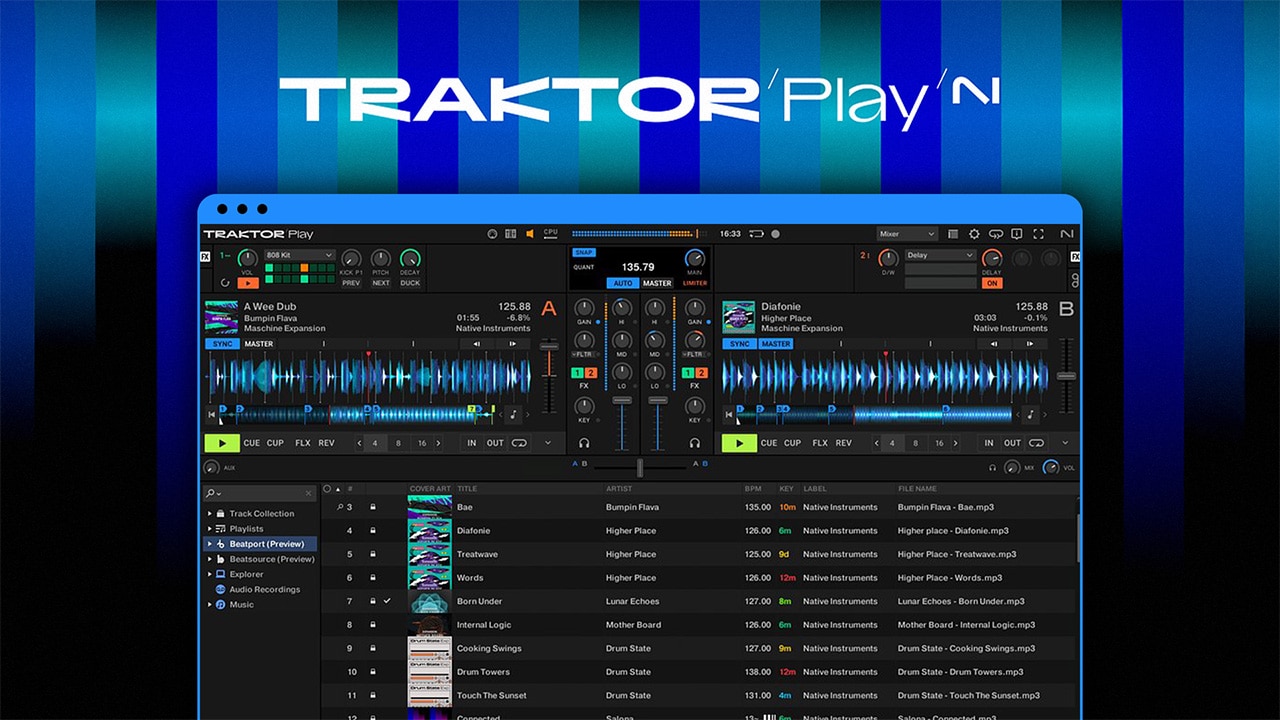
Great video with some very useful advice. Never used a CDJ so these tips are priceless, especially the link cable which I would not have thought to check.
Liked the differentiation between DDJ and CDJs in terms of effects. Useful to know that your controller can give youn false sense of security before getting onto decks at a gig!
Generally, this is worth remembering as the layout of the effects is usually different on DDJ controllers than CDJs but some like the DDJ-FLX10 have their effects organised in a largely similar way to CDJs so shouldn’t be too much change when making to the switch to pro gear.
I loved all FIVE of these – so useful, well presented and easy to watch. Thanks
All sections were great but I apprecaited the most about what happens with or without the Link Cable. Many thanks!